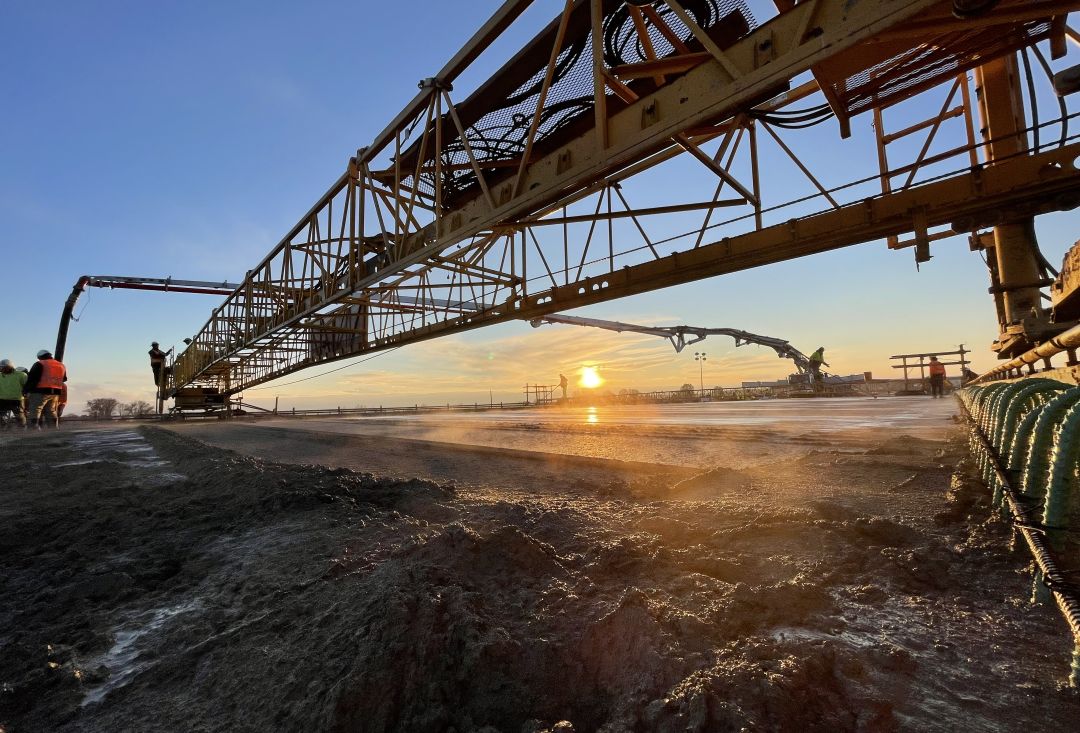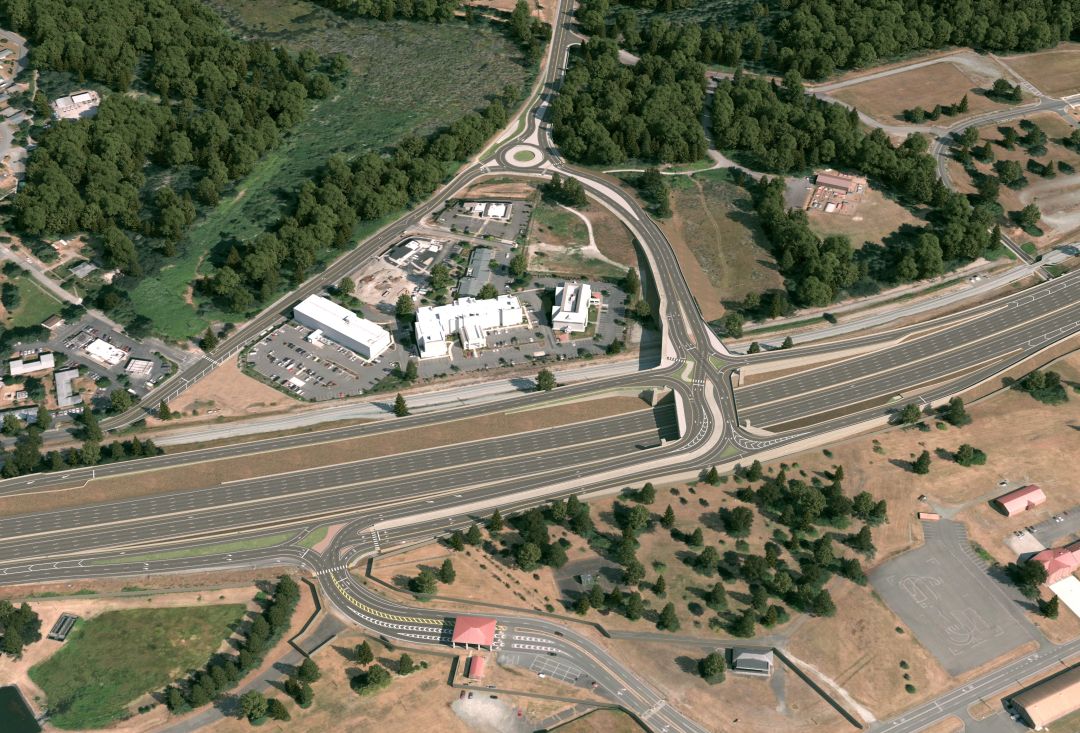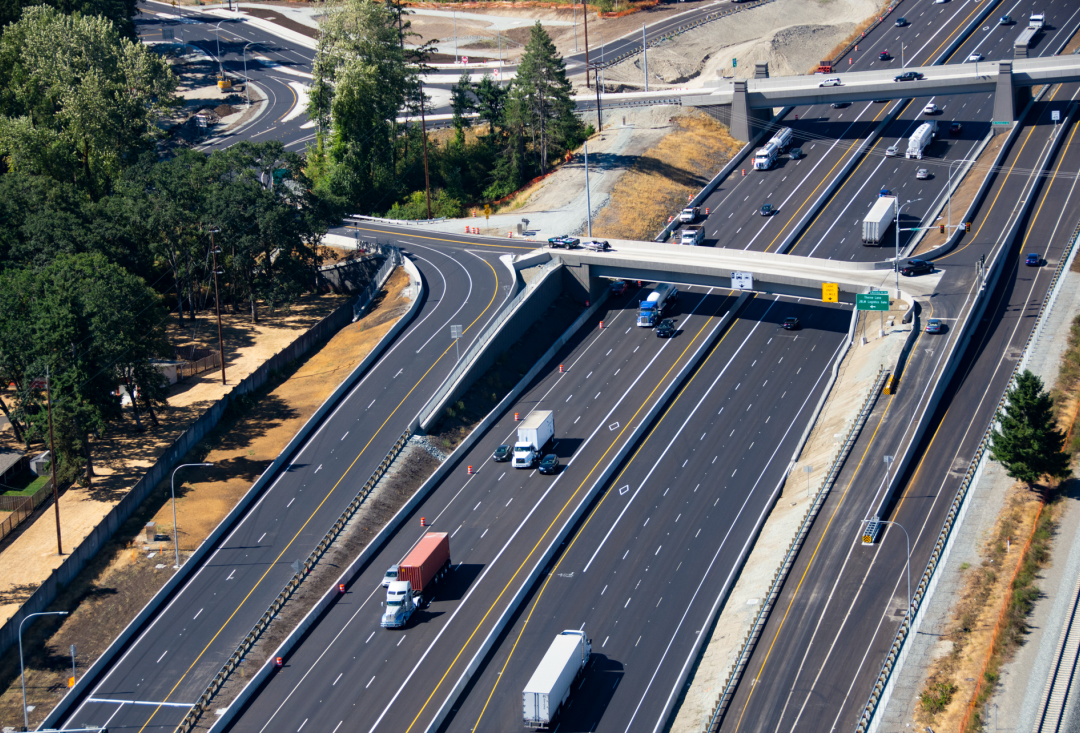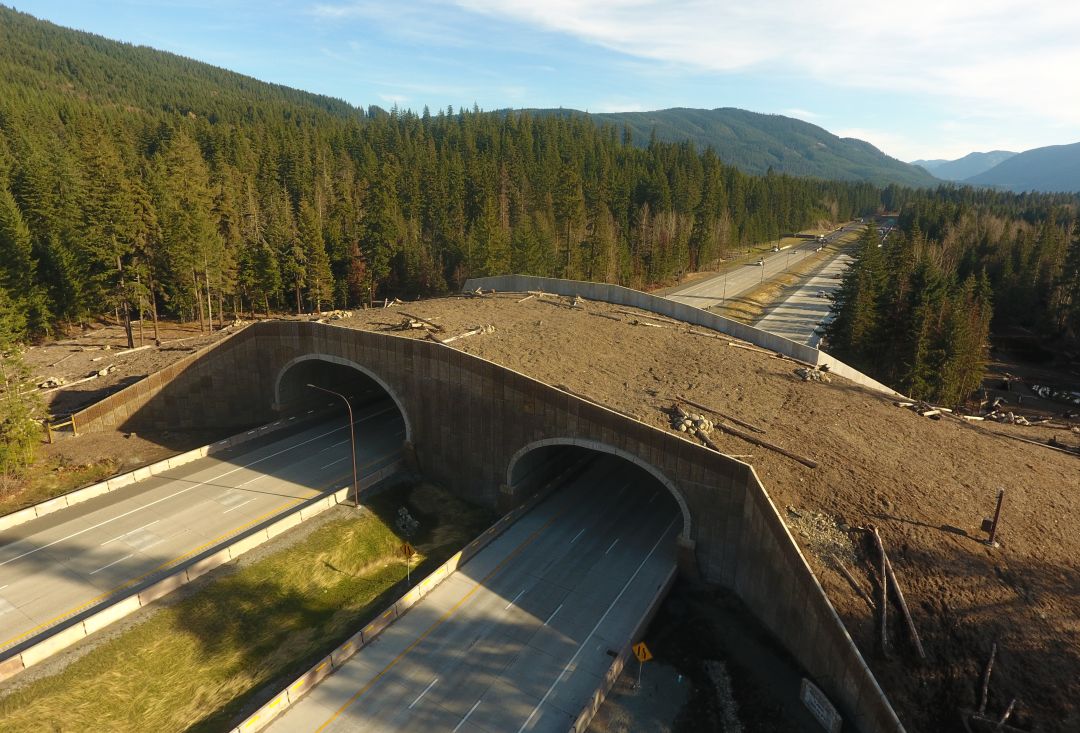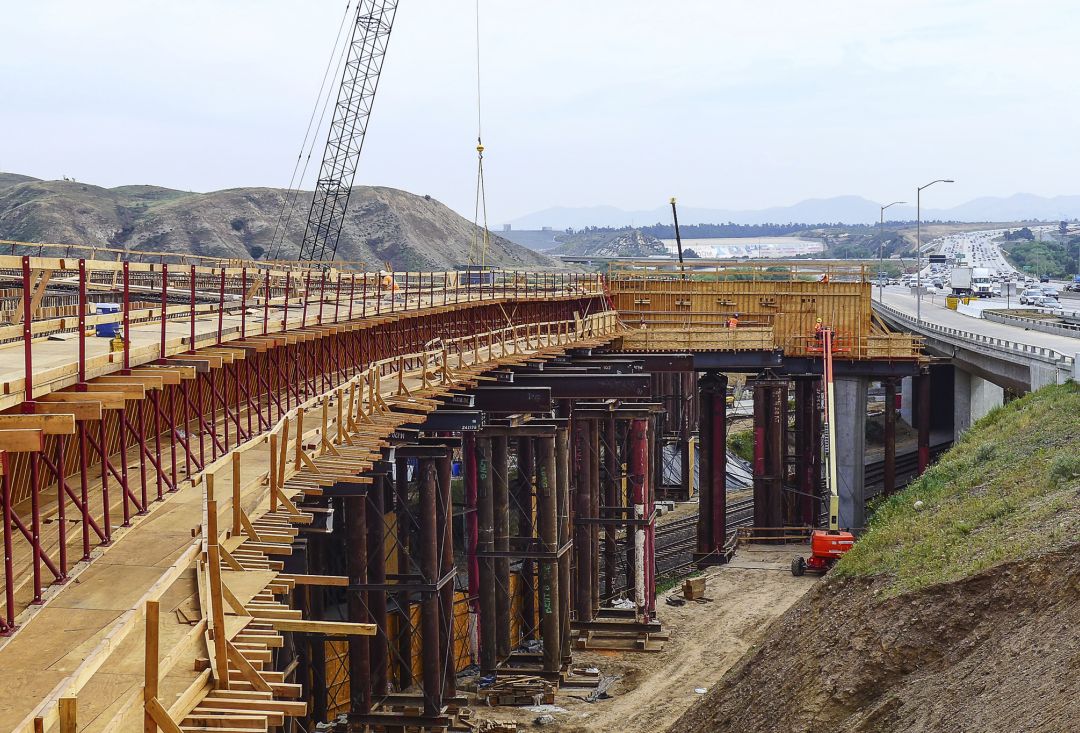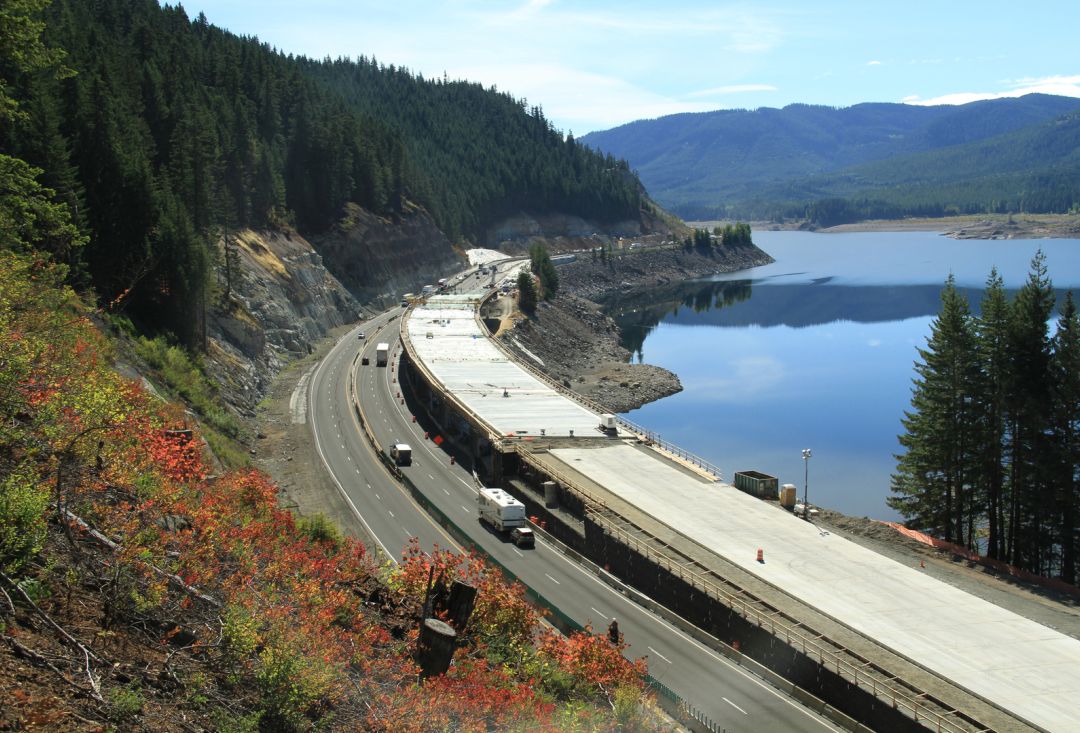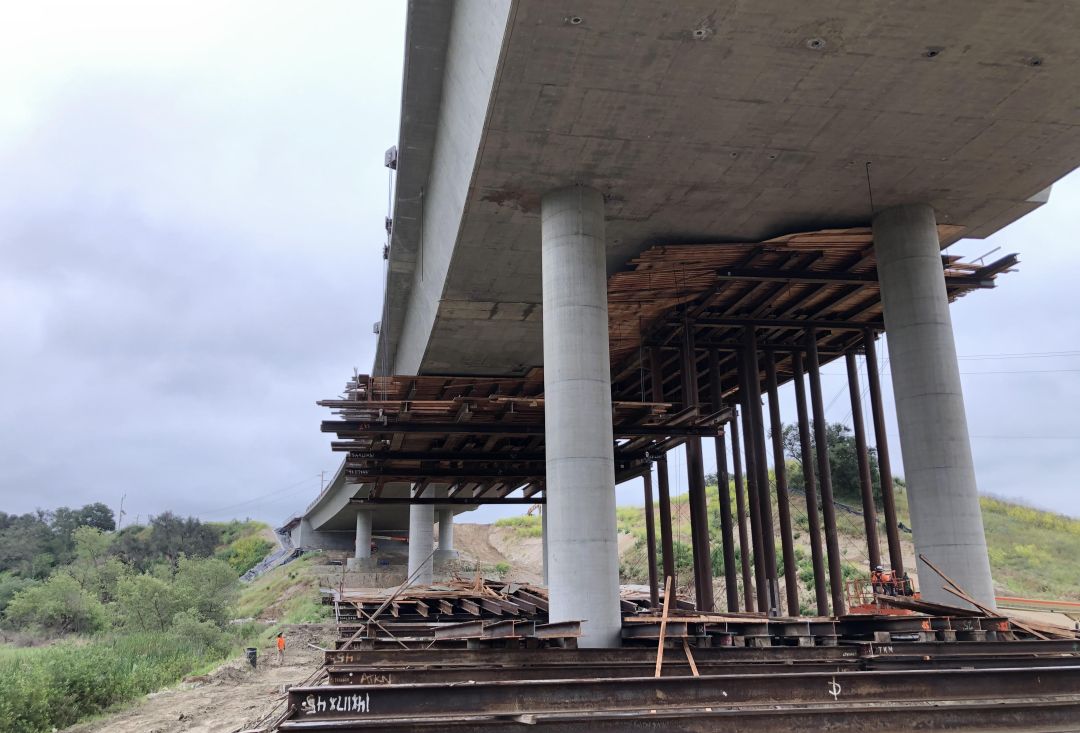Client
Completion Date
Location
Delivery Method
Division
Contract Value
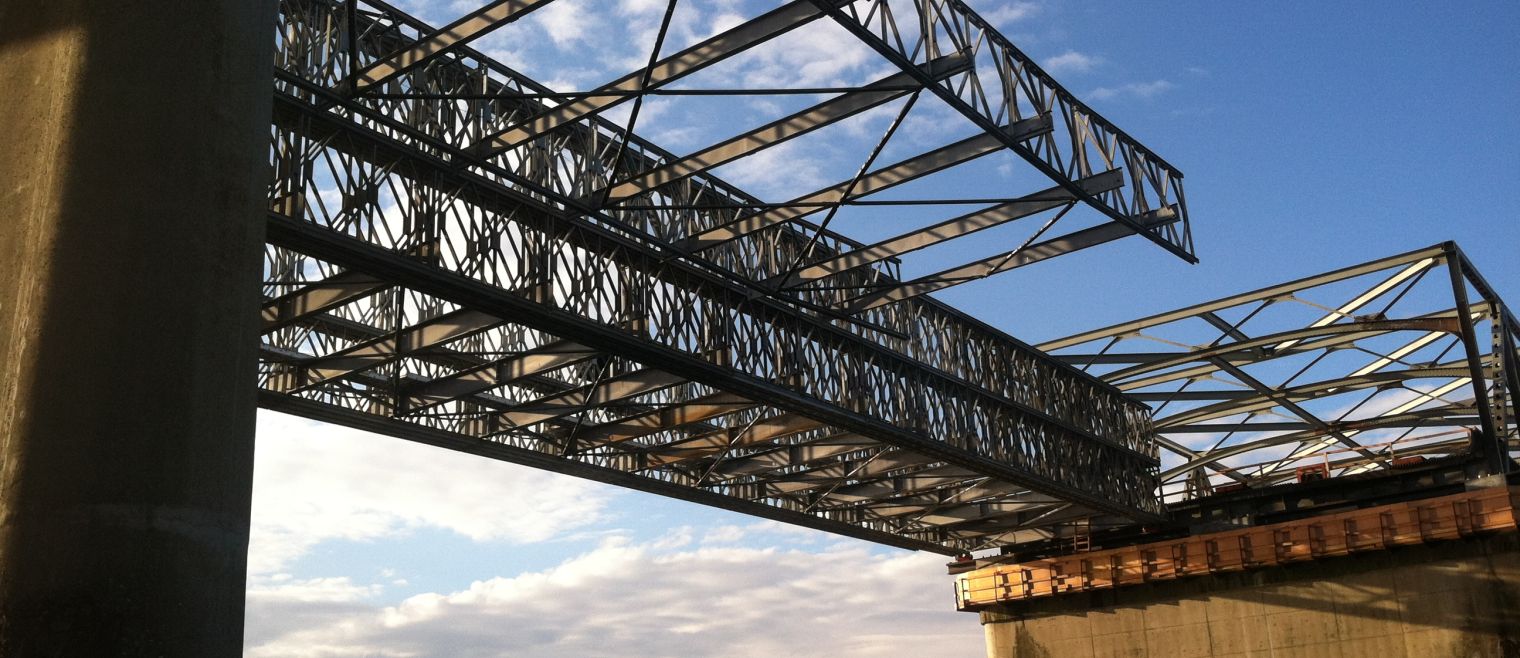
On May 23, 2013, a segment of the Skagit River Bridge experienced a catastrophic collapse due to a collision with an oversized truck. This incident disrupted the daily commute of approximately 71,000 individuals and severed the primary freight route connecting Washington and Canada. Responding swiftly, the Washington State Department of Transportation (WSDOT) initiated plans for bridge replacement, designating Atkinson as one of only three prequalified contractors capable of executing the urgent bridge replacement. Within 24 hours, Atkinson loaded barges with equipment—including a 150-ton mobile crawler crane and two long-reach excavators—and mobilized more than 75 craftsmen to the site.
Collaborating closely with WSDOT and the National Transportation Safety Board (NTSB), demolition of the collapsed bridge span commenced on May 27—less than four days after the initial bridge collapse. Just one day later, the first components of the replacement span, a modular structure sourced from Acrow Corporation of America and transported across the country, arrived on the scene. This structure facilitated the rapid erection of two temporary spans—one for northbound traffic and the other for southbound traffic. These temporary spans were an essential interim solution, permitting the swift reopening of the roadway while plans for a permanent replacement progressed.
In the ensuing phases of the project, the project team executed retrofitting activities on the existing bridge piers, ingeniously creating small pedestals to interface seamlessly with the new structure. Notably, the bridge spans, each weighing a substantial 240,000 pounds, posed a challenge as they exceeded the lifting capacity of conventional cranes. To overcome this obstacle, the team orchestrated two cantilever girder launches to advance the bridge segments across the Skagit River. Given the presence of overhead trusses that impeded a direct launch, the segments were maneuvered off-center from their ultimate destination and meticulously positioned using manual techniques, including come-alongs and Hilman Rollers.
With the successful installation of the temporary bridge spans, necessary roadway work, including paving and striping, was carried out. As a remarkable testament to efficiency and expertise, I- 5 was reopened to traffic on June 19th—accomplishing this feat in under four weeks from the initial collapse. The temporary bridge remained in service until September 2013, at which point a separate contractor executed the seamless replacement of a new permanent bridge span.
